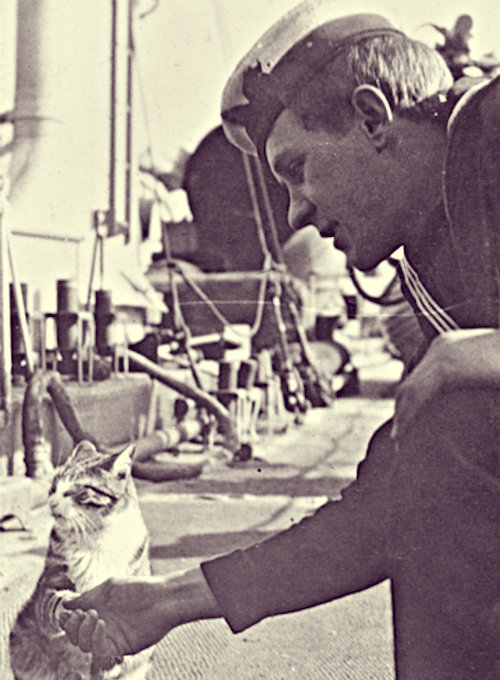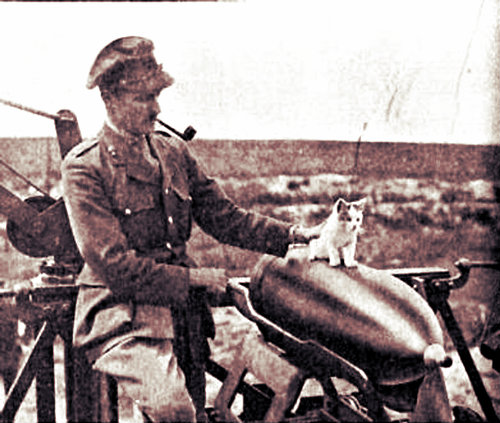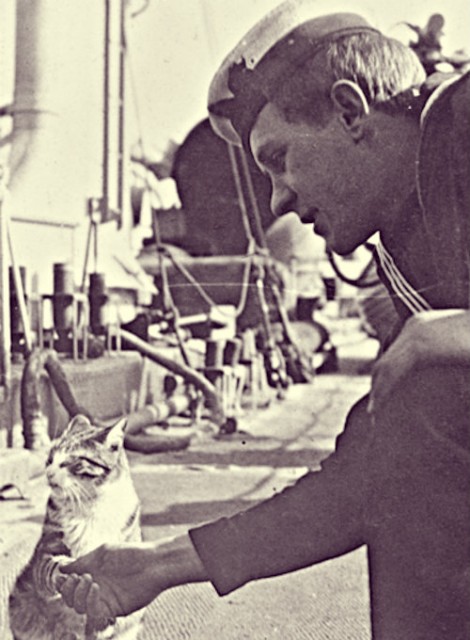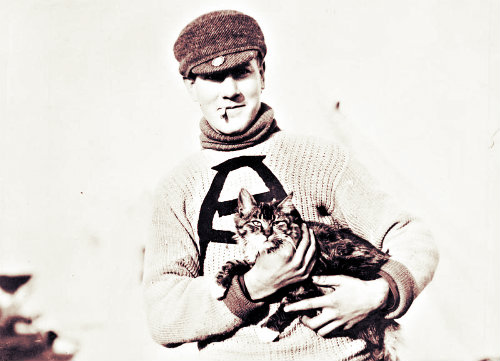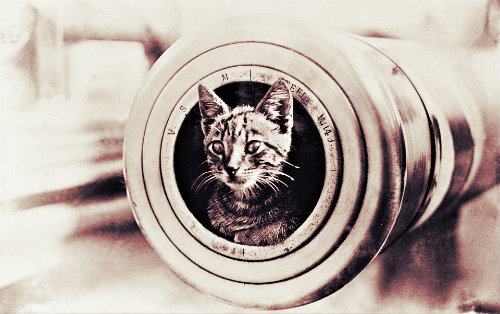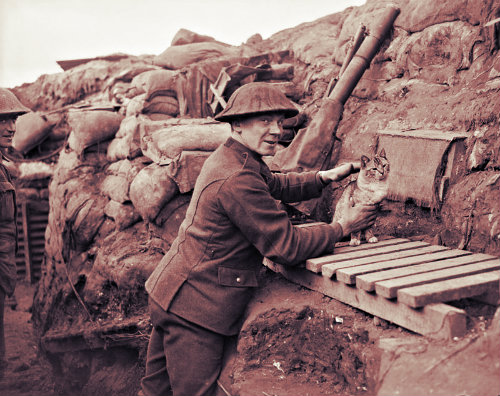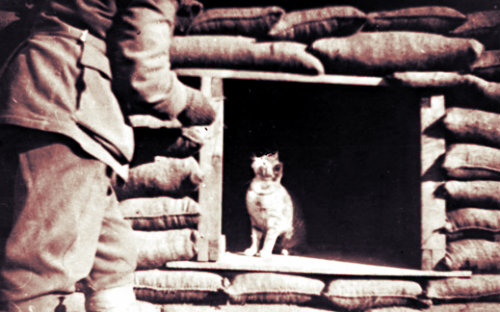It was not only the men who went into service when the Great War broke out in 1914; cats did, too. These lovable and very brave WWI ‘soldiers’ were a common sight in the trenches and ships. While the men fought against human enemies, cats fought a different war altogether — against vermin.
Cats were deployed into the battleships and the trenches of the Great War to hunt mice and rats. That was their “official duty”. Beyond that, the cats of WWI offered the lonely soldiers companionship and were oftentimes revered as mascots by the servicemen.
In the trenches, they were also employed as gas detectors. Meanwhile, at sea, cats had had the run of the ship, a practice that is believed to date back to the times of the Egyptian civilization.
According to this tradition, ancient Egyptian sailors were the first ones to recognize the value of cats in ships. Not only do they rid the sea vessels of pests that brought disease and ate away the provisions of the sailors, they offer the men conviviality and were believed to bring good luck to the voyage.
Lekeux and the Cat who Saved His Life
One anecdote in the Great War tells of how Lt. Lekeux of the Belgian army was saved by his cat named Pitouchi.
According to the story, which is, by the way, quoted in the book Soldiers in Fur and Feathers by Susan Bulanda, Lekeux found Pitouchi as a kitten. His mother had been killed, leaving him all alone. So, the soldier adopted and took care of Pitouchi. In return, the cat gave him his loyalty by following the Lekeux wherever he went.
One time, Lekeux was on a spot near the German lines when he saw they were digging a new trench. So, he hid in a nearby shell hole and sketched the new construction they were doing. However, he got so engrossed in his work he was not able to notice that there were approaching German soldiers. When he finally noticed the incoming enemy, it was too late for him to run.
Left with no other choice, Lekeux decided to just lie very still hoping that the Germans did not see him. However, when the enemy soldiers got close, he heard one of them say “He’s in the hole” which meant only one thing — he had been spotted. Being captured or killed was imminent.
To his amazement, Pitouchi, who was with him throughout the time, jumped out of the shell hole onto a timber piece lodging nearby. The Germans got startled they fired twice at the cat. Fortunately, Pitouchi was not hit and only jumped back into the shell hole where his owner was hiding.
The Germans, on the other hand, laughed and jokingly said to each other they had mistaken a cat for a man and left the area. Lekeux was able to finish his sketch before he went back into the Belgian lines with his unharmed cat on his shoulder.
The Felines of the Great War
The life-saving cat Pitouchi and his owner, Belgian Army Lt. Lekeux.
On board the destroyer HMAS Swan of the Royal Australian Navy, a sailor was pictured ‘shaking hands’ with the ship mascot, a cat named Ching.
Salisbury Plain c. September 27, 1914 – Tabby in the arms of a Canadian soldier. The cat was the mascot of the unit the serviceman belonged to.
The cat mascot of the Royal Australian Navy’s HMAS Encounter.
Cambrin, France c. February 6, 1918 – A gunner along with the regimental cat was pictured in one of WWI’s trenches.
Gallipoli Peninsula, c. 1915 – A cat, most likely a mascot, in a dugout with an unidentified WWI soldier.
